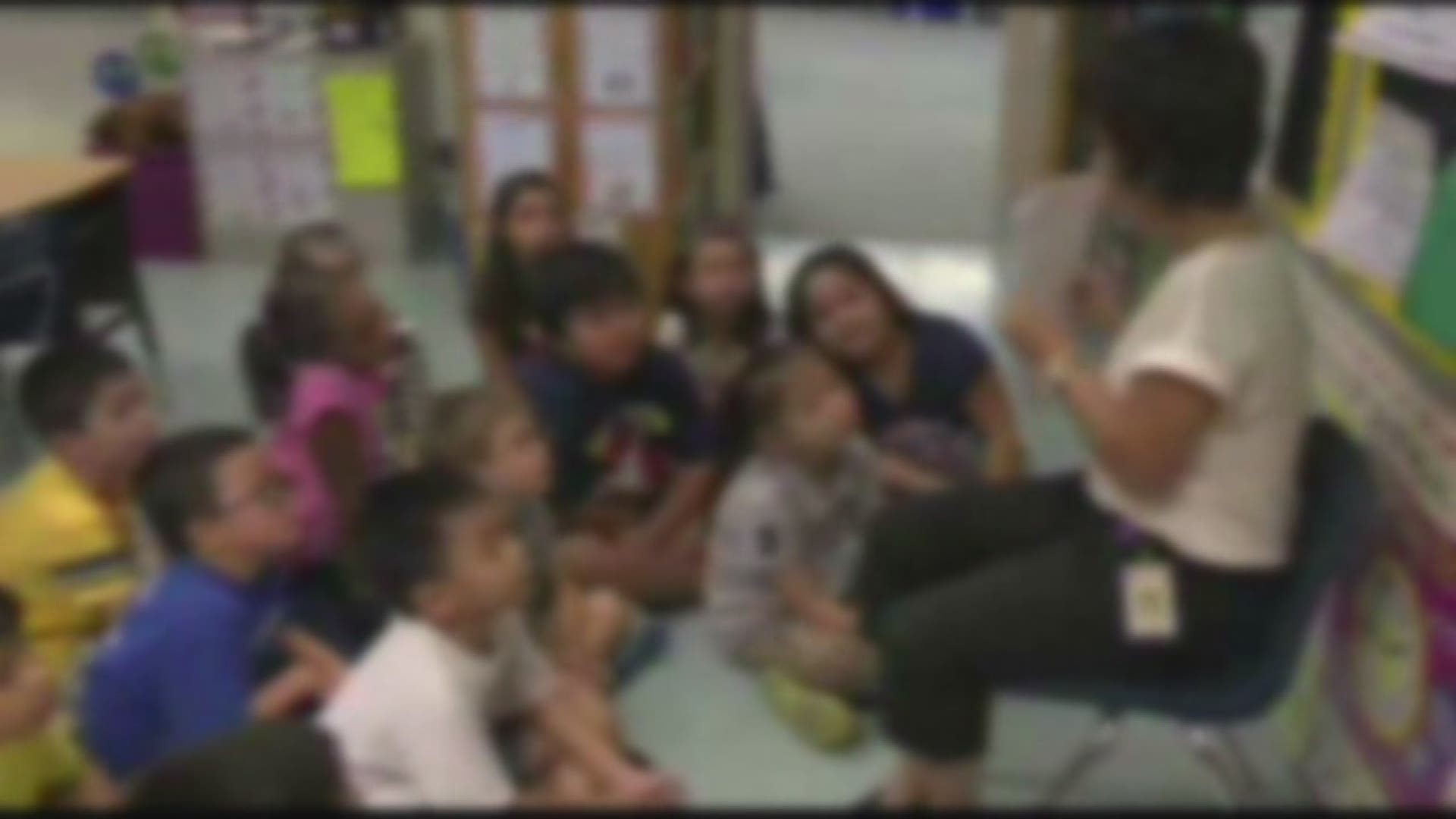When Texas parents send their kids to school they trust they're getting a good education -- especially students who need a little more help. But some teachers say that's just not happening.
"We have been doing the best we can," said Stacey Smith, a librarian who's been teaching for 18 years. "We have been taking more responsibilities on. We are working more hours and it's just not enough."
Despite the work of Texas teachers, student success rates are falling.
"By 2011, Texas had risen to the top of the country by many measures. When it comes to mathematics in middle school for low-income students, Texas was at the top. For all students, Texas was near the top. And then as I followed things later, the results all started going downwards," said Michael Marder, Ph. D., a University of Texas physics professor and co-director of U-Teach, which prepares college students to become math and science teachers.
Marder has been researching state education trends for 10 years.
So what caused the downward trend? A new study by the Center for Public Policy Priorities and Dr. Marder points to school funding.
In 2011, Texas lawmakers cut $5.3 billion from public education because of the recession.
"Over the years the legislature has been adding back some money slowly, but of course at the same time our student population is growing and inflation is growing, making things cost more than they did before," said Chandra Villanueva, a senior policy analyst for the Center for Public Policy Priorities.
The study indicates that in 2016 there was still a $3.2 billion funding gap. The effects of which are hurting students. For instance, programs to help students who fall behind have been cut by more than 20 percent. And current state funding for bilingual elementary school students is 40 percent less than it was before the recession.
"Kids only get one chance at their education. And so the spending is down 40 percent, meaning that kids are getting less individual instruction, less time with their teacher, basically less than an education than the kids that came before them," Villanueva said.
She added that she hopes the data and research will spur movement in the legislature to put more funding into public schools. Right now the state covers 38 percent of what it costs to educate a child and property taxes foot the rest of the bill.
"Money in education does matter," Villanueva said. "A lot of people try to say that it doesn't but I think we can all agree a well funded school is better able to attract and retain a high quality teacher. Well funded schools are able to provide a diverse, well-rounded curriculum."
According to the lieutenant governor's office, 52 percent of the state's budget goes toward funding education. And some lawmakers believe putting more money into the system won't fix the problems with student performance.
The legislature passed a bill during the special session creating a commission to further study school finance.

